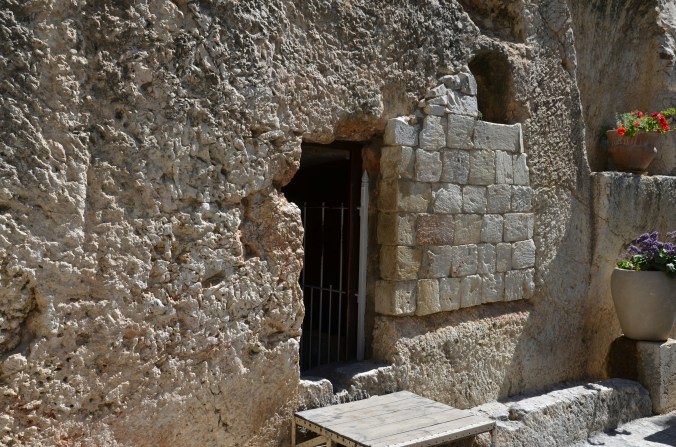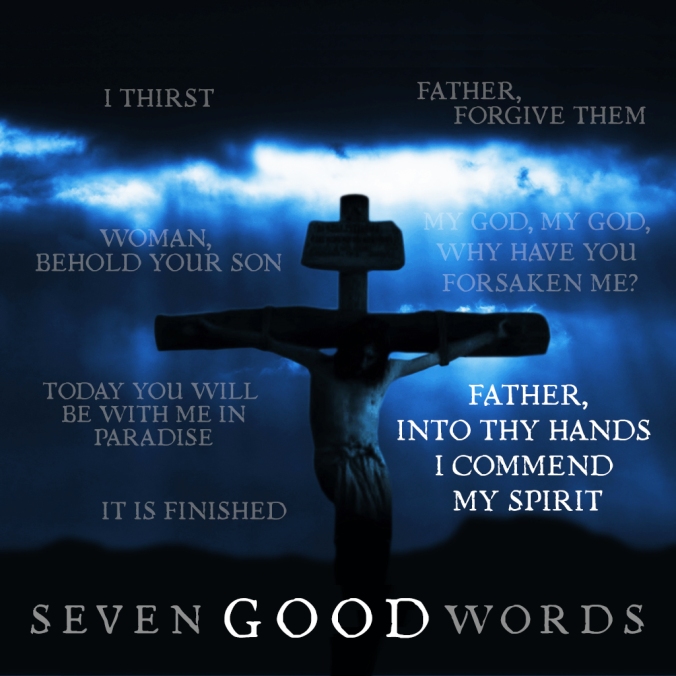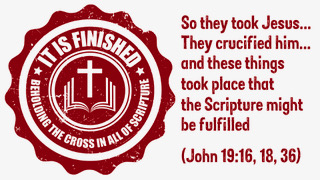
The tombs also were opened. And many bodies of the saints who had fallen asleep were raised,
and coming out of the tombs after his resurrection they went into the holy city and appeared to many.
— Matthew 27:52–53 —
What happened on Holy Saturday, the day situated between Good Friday and Resurrection Sunday? That is a good question that my fellow elder, Jared Bridges, has answered at the Washington Stand. And in his article, he takes a “topside” view—what was happening in Jerusalem on the day between Jesus’s cross and resurrection.
But there is another answer that needs to be considered, an answer that takes us below the surface, if you will. On Holy Saturday, while Jesus’s body rested in the grave, Jesus’s soul pronounced his victory over the spirits in prison (1 Pet. 3:19). That is to say, that when Jesus died, his body and soul were torn asunder, just like the temple veil (see Luke 23:44–46). As his body hung lifeless on the cross, soon to be buried, his soul, like all human souls, departed and went to realm of the dead, the place known as sheol in Hebrew or hades in Greek.
Importantly, sheol (or hades in Greek) is not the same thing as Hell (Gehenna), the place of eternal torment for the damned. Indicating their difference, hades gave up the dead to the lake of fire (i.e., hell) in Revelation 20:14. This means, Jesus did not go to “hell” after he died. But he did go to sheol, the realm of the dead. Often, we miss this fact, and missing what Jesus did in sheol, we miss the impact of Christ’s cross on the cosmos. Continue reading
 On this Good Friday, I want to share a meditation from Alexander Watson (1815?–1865) related to the cross of Christ and the way Jesus’s death brought to fulfillment his triple office of prophet, priest, and king. But first, a little background.
On this Good Friday, I want to share a meditation from Alexander Watson (1815?–1865) related to the cross of Christ and the way Jesus’s death brought to fulfillment his triple office of prophet, priest, and king. But first, a little background. 6 Go to the ant, O sluggard; consider her ways, and be wise.
6 Go to the ant, O sluggard; consider her ways, and be wise. After this, Jesus, knowing that all was now finished,
After this, Jesus, knowing that all was now finished, 

 Since the start of our series on the cross, one recurring theme has been the way that judgment and salvation are paired. In the Passover, God saved his firstborn and judged Egypt’s firstborns. At the Red Sea, God saved his people and destroyed Pharaoh and his army. Just the same, as I read 2 Kings 3 last week, I found this theme again. The water that God provided to save Israel is the same water that brought the Moabites to their death.
Since the start of our series on the cross, one recurring theme has been the way that judgment and salvation are paired. In the Passover, God saved his firstborn and judged Egypt’s firstborns. At the Red Sea, God saved his people and destroyed Pharaoh and his army. Just the same, as I read 2 Kings 3 last week, I found this theme again. The water that God provided to save Israel is the same water that brought the Moabites to their death.
 In 1955 John Murray released his classic work on the cross and salvation,
In 1955 John Murray released his classic work on the cross and salvation,  ‘The stone that the builders rejected has become the cornerstone.’
‘The stone that the builders rejected has become the cornerstone.’